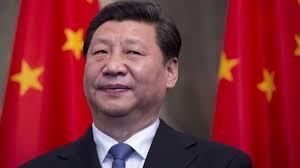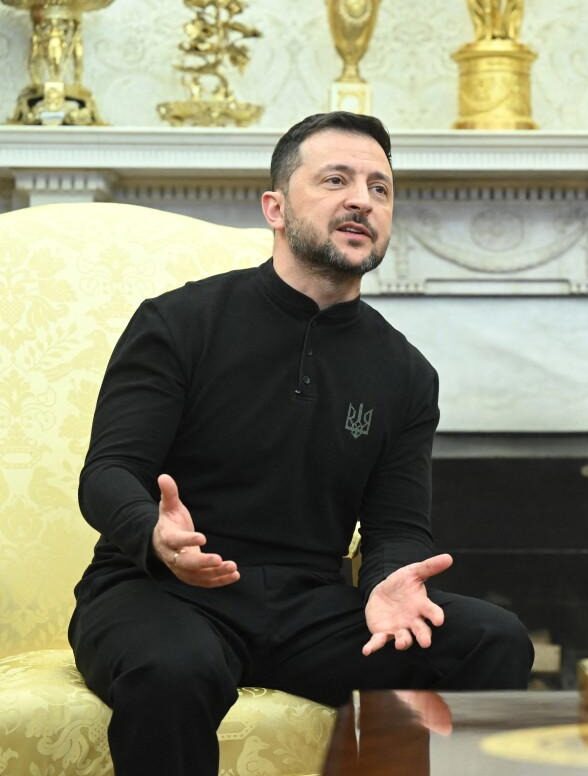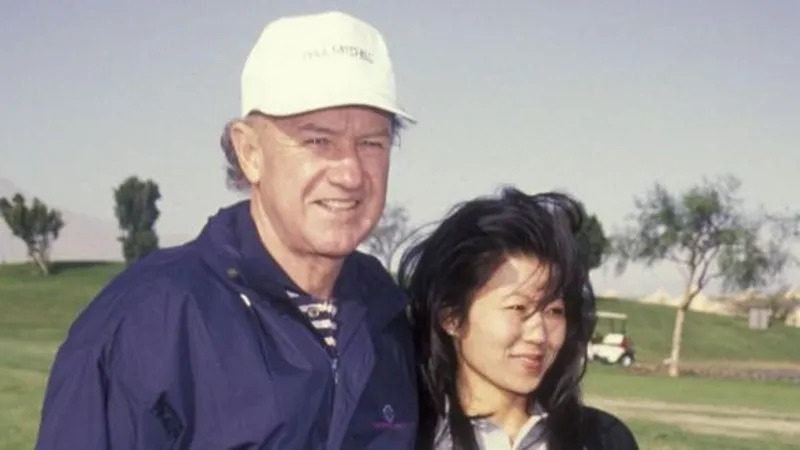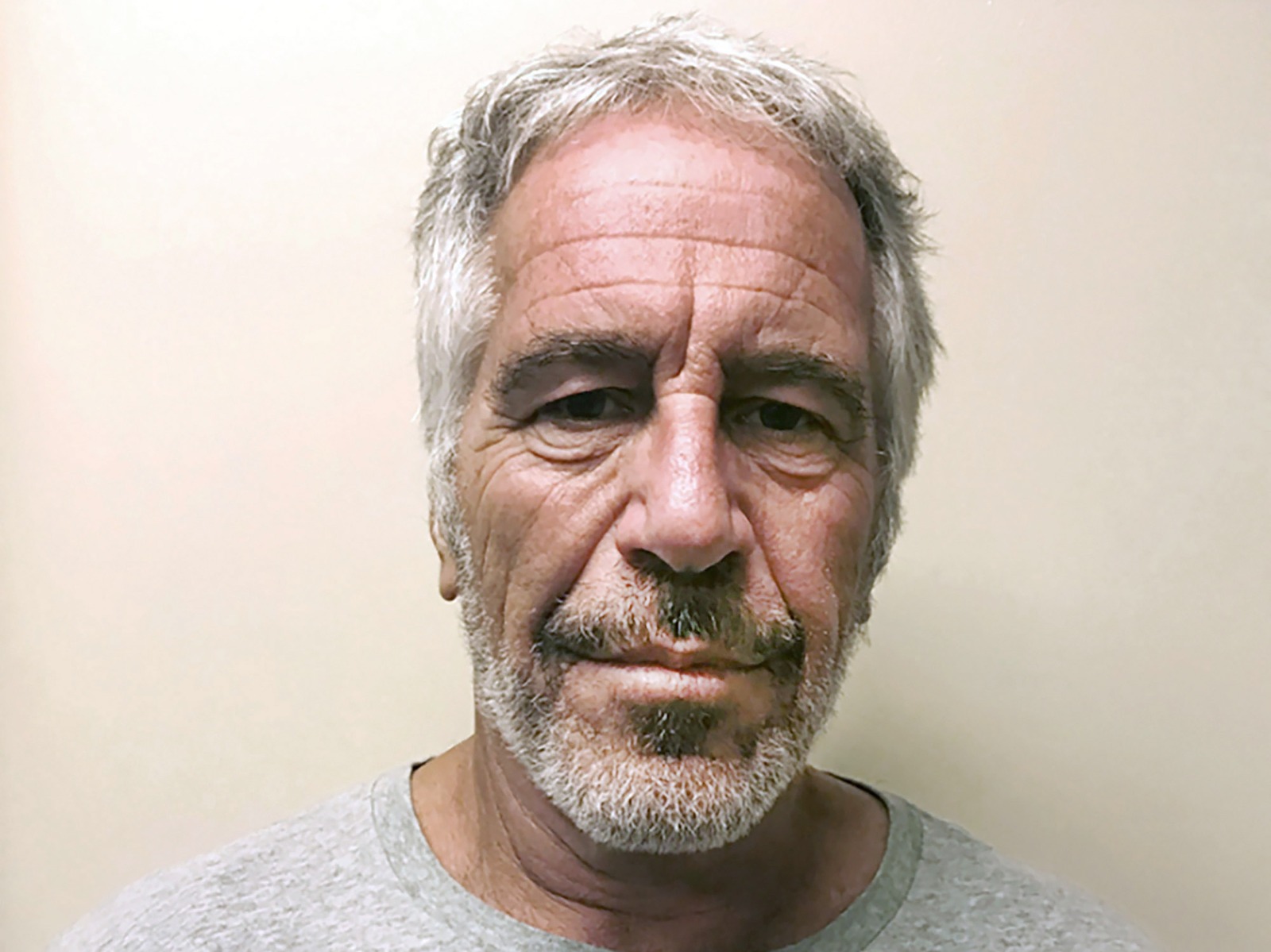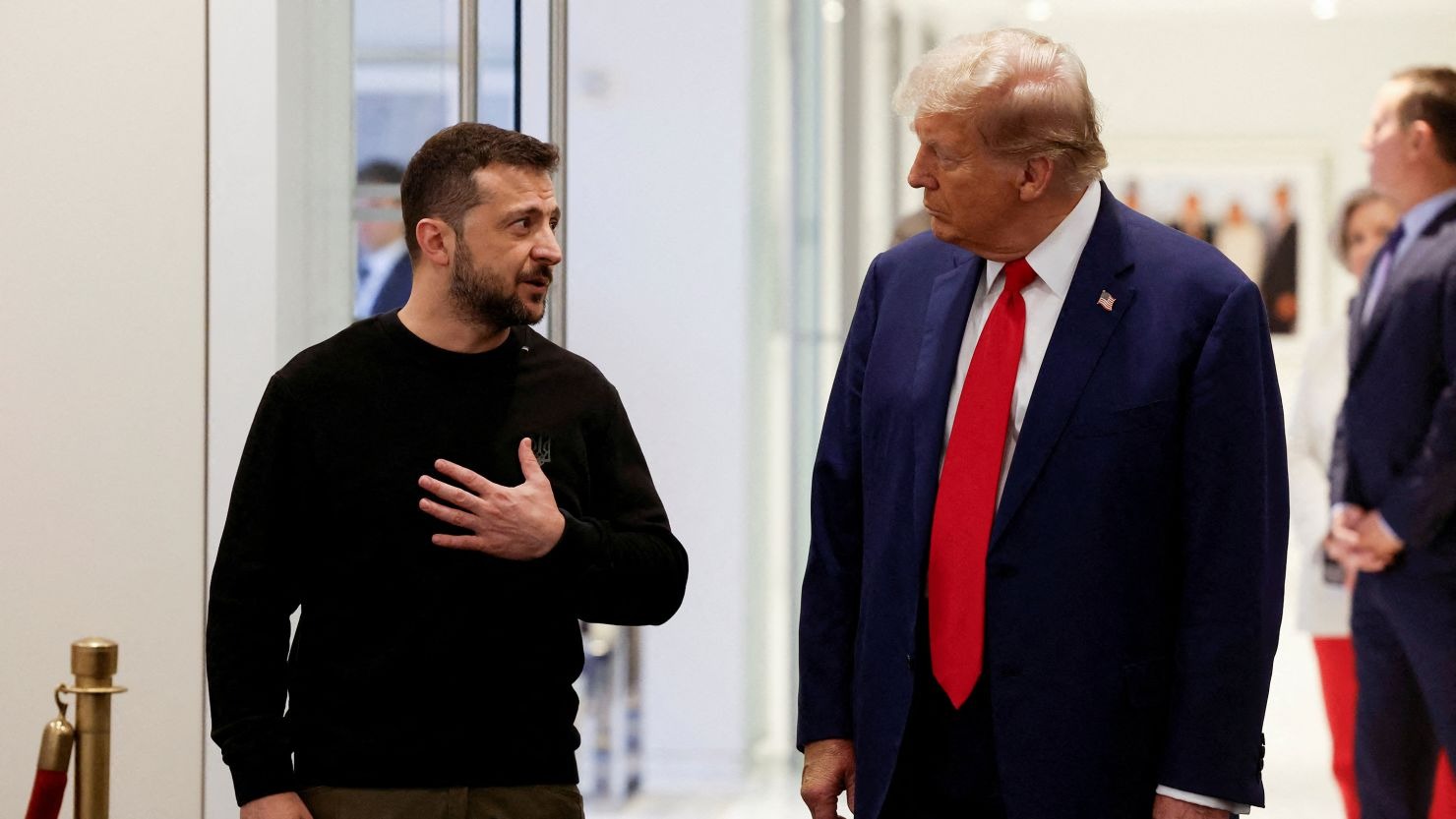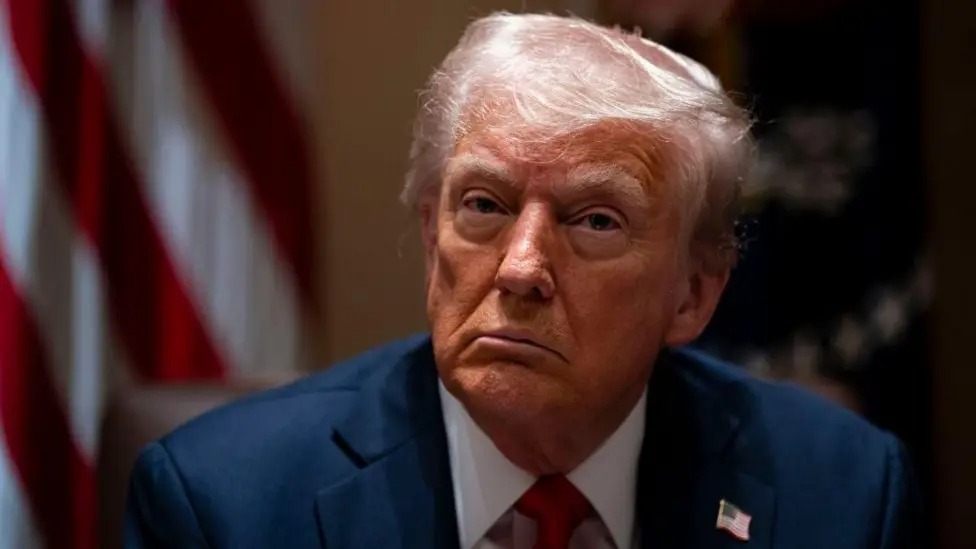US investigators are trying to establish how Oscar-winning actor Gene Hackman and his wife, classical pianist Betsy Arakawa, died after the discovery of their bodies at their home in the US state of New Mexico.
Here is what we know so far about the death of a Hollywood legend known for such films as The French Connection and The Conversation.
Warning: this article contains details some readers may find upsetting.
How were the deaths discovered?
The bodies of the couple and one of their dogs were found by police on Wednesday at their home in Santa Fe in the US state of New Mexico after a maintenance worker called emergency services.
A recording of the 911 call obtained by the BBC shows the emotional caller telling a dispatcher how he found the two bodies.
Hackman, 95, was discovered in a side room near the kitchen while Arakawa, 65, was found in a bathroom, at the property on Old Sunset Trail in Hyde Park.
The couple appeared to have been “dead for quite a while”, said Sheriff Adan Mendoza.
Arakawa’s body showed signs of “decomposition”, and “mummification” in the hands and feet, a sheriff’s detective said.
Hackman’s remains “showed obvious signs of death, similar and consistent” with those on his spouse.
A German Shepherd dog owned by the couple was found dead in a bathroom closet near to Arakawa.
1:20
Listen to the 911 call after two bodies were found at Hackman’s residence
What do we know about the cause of death for Hackman and Arakawa?
No cause was given in police statements immediately after the announcement of the deaths.
The authorities reported no signs of injury but deemed the deaths “suspicious enough” to investigate and did not rule out foul play.
Near Arakawa’s head was a portable heater, which the detective determined could have been brought down if she had abruptly fallen to the ground.
Carbon monoxide and toxicology tests have been requested for both Hackman and Arakawa.
The local utility company found no sign of a gas leak in the area and the fire department detected no indication of a carbon monoxide leak or poisoning, according to the search warrant.
The warrant suggests police may have a working theory that “some kind of gas poisoning” happened but that they do not know yet and are not ruling anything out, Loyola Marymount University law professor Laurie Levenson was quoted as saying by the Associated Press.
A prescription bottle and scattered pills lay on the bathroom countertop close to Arakawa’s body.
Hackman was discovered wearing grey tracksuit bottoms, a blue long-sleeve T-shirt and brown slippers. Sunglasses and a walking cane lay next to his body.
The detective suspected that the actor had suffered a sudden fall.
Death of Hackman and wife ‘suspicious enough’ for investigation, police say
Gene Hackman’s daughters and Clint Eastwood lead tributes to star
Gene Hackman: One of Hollywood’s greatest ‘tough guys’
Why are the deaths considered suspicious?
The circumstances of their death were deemed “suspicious enough in nature to require a thorough search and investigation”, the search warrant says, because the worker who called emergency services had found the front door of the property open.
However, the detective observed no sign of forced entry into the home. Nothing appeared out of place inside.
“There was no indication of a struggle,” said Sheriff Mendoza. “There was no indication of anything that was missing from the home or disturbed, you know, that would be indication that there was a crime that had occurred.”
Two other, healthy dogs were discovered roaming the property – one inside and one out.
What do we know about time of their deaths?
All we know is that two maintenance workers, one of whom called the emergency services, say they last had contact with the couple two weeks earlier.
The two workers said they had sometimes conducted routine work at the property, but rarely ever saw Hackman and Arakawa.
They had communicated with them by phone and text, primarily with Arakawa.
What do we know about the couple’s health?
Hackman’s daughter Leslie Anne Hackman told the Mail Online that her father had been in “very good physical condition” despite his age, and had not undergone “any major surgeries” in recent months.
“He liked to do Pilates and yoga, and he was continuing to do that several times a week,” she said. “So he was in good health.”
The couple, married in 1991, had had a “wonderful marriage”, she added.
“I give credit to his wife, Betsy, for keeping him alive,’ she said. ‘[Betsy] took very, very good care of him and was always looking out for his health.”
